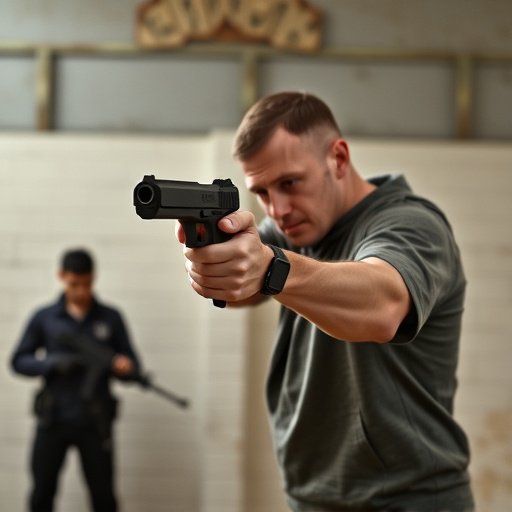Selecting silent stun guns for discreet self-defense requires understanding amperage, which determines power and effectiveness while minimizing injury risk. Balancing amperage (50-500 mA) ensures safety and control, with lower levels for pain management and higher levels for severe neutralization. Staying informed about local laws is crucial as regulations vary globally, impacting legal carrying permissions based on stun gun classification and user qualifications.
Electrical shock weapons, particularly silent stun guns designed for discreet self-defense, have gained popularity as non-lethal alternatives to traditional firearms. Understanding the amperage behind these devices is crucial for both users and legal authorities. This article delves into the intricacies of electrical shock weapon amperage, exploring various types of silent stun guns, their effects on humans at different amperage levels, and legal considerations surrounding their use for self-defense.
- Understanding Electrical Shock Weapon Amperage
- Silent Stun Guns: Discreet Defense Options
- Amperage Levels and Their Effects on Humans
- Legal Considerations for Self-Defense Devices
Understanding Electrical Shock Weapon Amperage
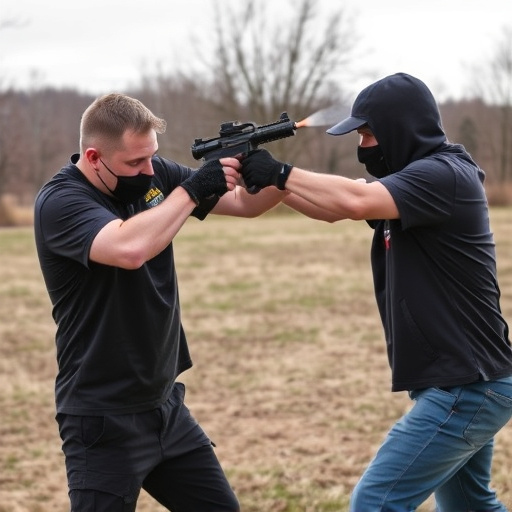
Understanding Electrical Shock Weapon Amperage
When it comes to silent stun guns for discreet self-defense, understanding amperage is key. Amperage, measured in amps, represents the flow of electric current through a circuit. In the context of electrical shock weapons, it determines the intensity and effectiveness of the stun. A higher amperage means more power, resulting in stronger muscle spasms and neutralizing effects. However, it’s crucial to strike a balance—higher amperage can also increase risk and potential harm if not used properly.
Choosing the right amperage for your silent stun gun depends on intended use and personal preference. For discreet self-defense scenarios, a balanced amperage level offers both effectiveness and control. This ensures that the weapon neutralizes an assailant without drawing unnecessary attention or causing prolonged injury. Always prioritize safety and familiarize yourself with local laws regarding stun gun usage and power levels.
Silent Stun Guns: Discreet Defense Options
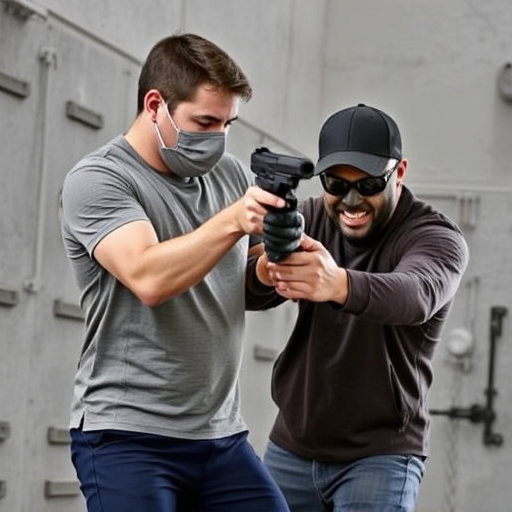
Silent stun guns represent a discrete and powerful option for self-defense, offering individuals an added layer of personal safety without drawing undue attention. These innovative devices deliver high electrical shock amperage—typically ranging from 400 to 1200 volts—through two probes, temporarily incapacitating a potential assailant while allowing the user to escape or summon help. Their compact design and quiet activation make them ideal for situations where discretion is paramount.
Unlike traditional firearms or noisy pepper spray, silent stun guns can be easily carried in pockets or purses, ready for immediate use in case of an emergency. This discreet nature not only helps users avoid escalating conflicts but also provides a sense of security, knowing that they possess a reliable self-defense mechanism.
Amperage Levels and Their Effects on Humans
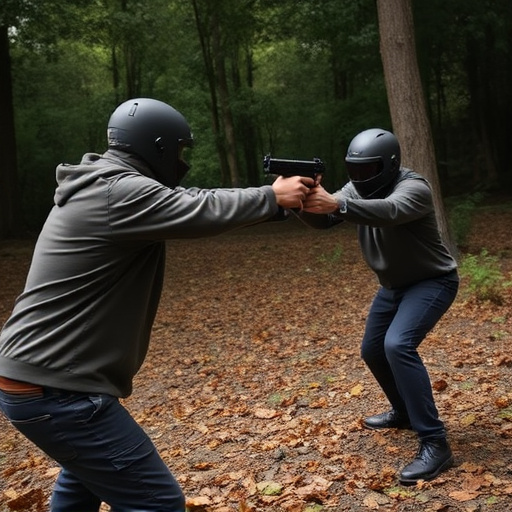
The amperage level in electrical shock weapons plays a significant role in determining their effectiveness and potential impact on humans. These devices deliver an electric current that disrupts muscular control, causing temporary incapacitation. Amperage, measured in amps, represents the flow of electrical charge. Lower amperage levels (typically below 50-100 mA) can result in a sharp pain and muscle contractions without significant long-term effects, making them suitable for non-lethal self-defense options like silent stun guns.
Higher amperage levels (above 500 mA) can lead to more severe consequences, including respiratory distress, cardiac arrhythmias, and even permanent nerve damage. Such high-ampere devices are often employed by law enforcement for crowd control or in controlled training scenarios. In the context of personal defense, the use of silent stun guns with carefully calibrated amperage ensures a balance between disabling an assailant and minimizing harm to bystanders or the user themselves, making them a discreet yet powerful tool for self-protection.
Legal Considerations for Self-Defense Devices
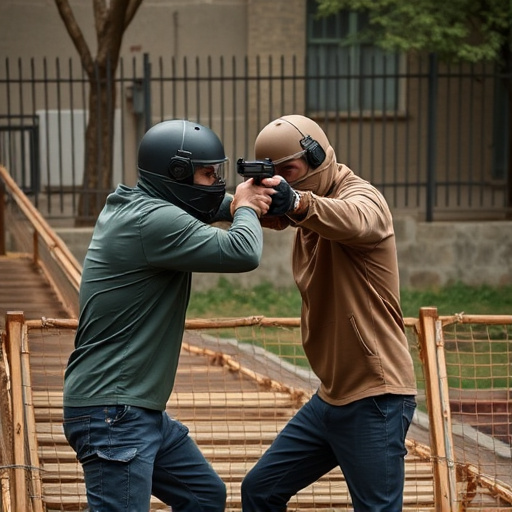
When considering silent stun guns for discreet self-defense, it’s crucial to understand the legal landscape surrounding their use. Laws regarding stun devices vary greatly from one jurisdiction to another, with some places outright banning them and others permitting their use under specific conditions. For example, in many countries, stun weapons are classified as defense tools that can be carried legally if the user has undergone proper training and complies with local regulations.
These legal considerations are designed to balance personal safety and protection with public safety concerns. Authorities aim to prevent misuse by ensuring that only those with legitimate self-defense needs or professional qualifications possess such devices. Users of silent stun guns should always stay informed about their region’s specific laws, consult legal experts if needed, and adhere strictly to any regulations to avoid potential legal repercussions.
In conclusion, understanding the amperage of electrical shock weapons is crucial for those seeking discreet self-defense options like silent stun guns. The appropriate amperage level can effectively deter threats while minimizing risk to users and bystanders. When considering such devices, it’s essential to balance power with legality, ensuring compliance with local regulations. Silent stun guns represent a game-changing approach to personal safety, offering a non-lethal yet powerful means of self-defense in today’s bustling world.
